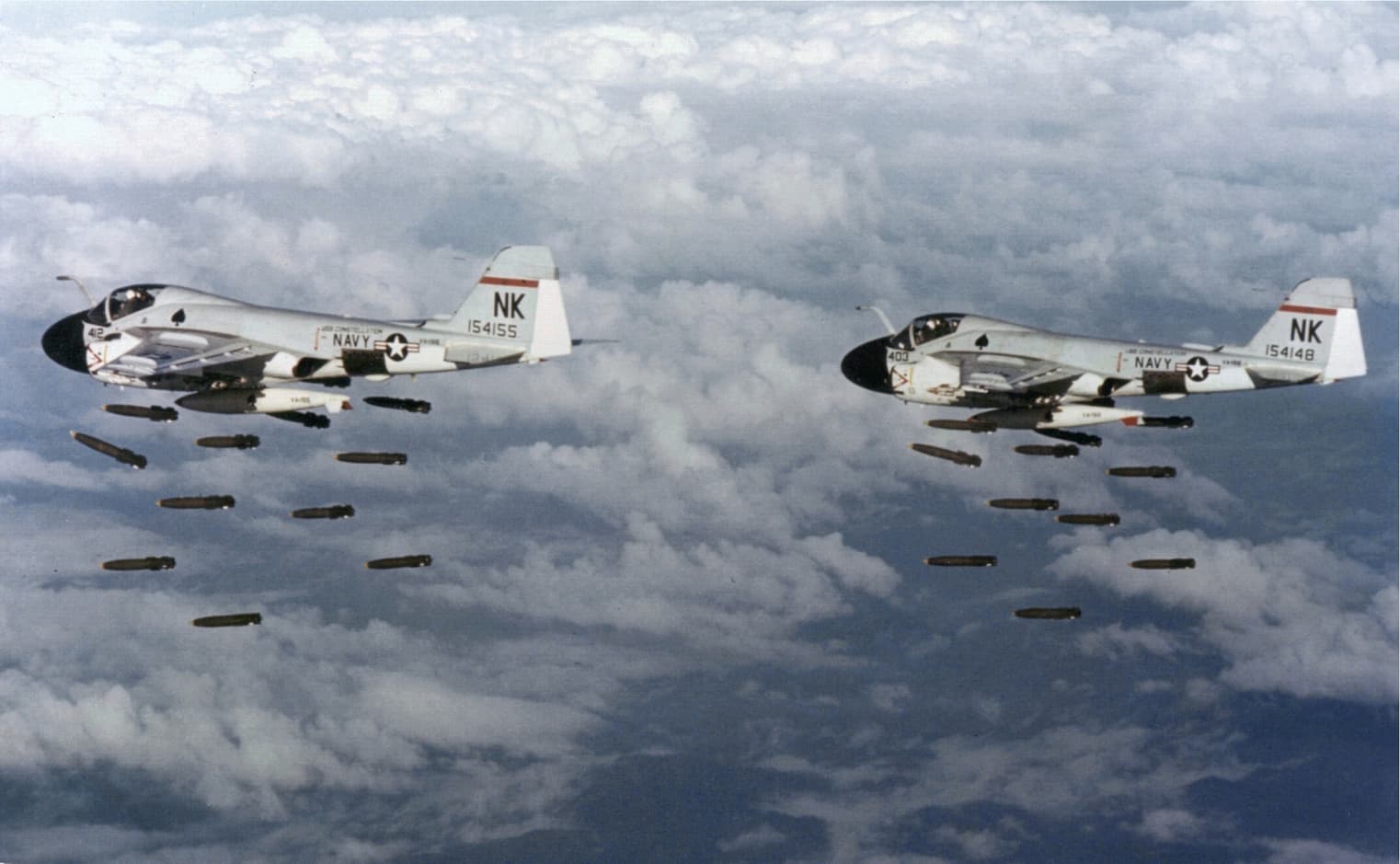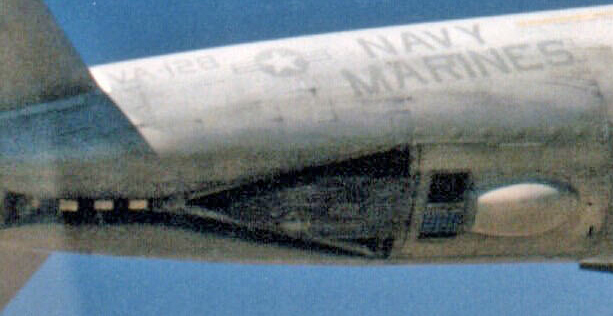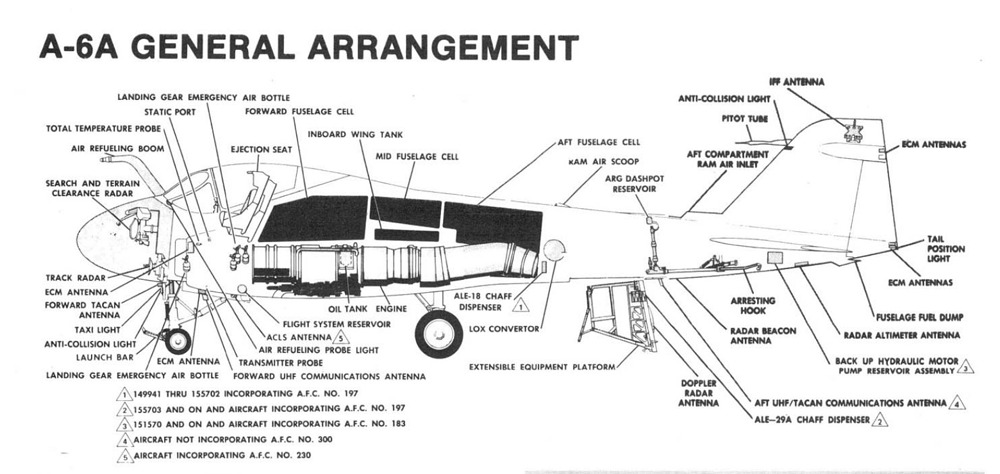History
Background
In 1955, US Navy officials recognized the need for a new attack aircraft that could fly faster, higher, and farther while carrying a larger and more diverse payload than the aging Douglas A-1 Skyraider.
By February 1957, the Navy issued Type Specification 149 to several manufacturers, including Grumman and Boeing, calling for a new carrier-based attack aircraft capable of flying low-level strike missions under all weather conditions, day or night. This requirement was driven by the growing need for a sophisticated and accurate weapons delivery system that could operate regardless of environmental factors.
Grumman won the design competition and was awarded the development contract on December 30, 1957. A full-scale mock-up was ordered in May 1958. Construction of the first prototype, designated YA2F-1, began in early 1959, and its maiden flight took place on April 16, 1960. Just days earlier, the aircraft had officially been named “Intruder.” Three additional YA2F-1 prototypes were completed for further testing.
Flight trials revealed areas needing refinement. These included replacing the fuselage-mounted airbrakes with split wingtip speed brakes for better control during dive bombing, enlarging the rudder chord to improve spin recovery, and permanently installing an in-flight refueling probe. Additionally, the cockpit’s cathode-ray tube displays were enlarged.
On September 18, 1962, following the adoption of the Tri-Service aircraft designation system, the YA2F-1 and A2F-1 were redesignated as YA-6A and A-6A, respectively.
Carrier suitability trials were completed aboard the USS Enterprise in December 1962, clearing the way for the Intruder’s full operational deployment. It soon earned a reputation within the Navy and Marine Corps for its stability and reliability.
Production and Entry into Service
The production A-6A Intruder was powered by two Pratt & Whitney J52-P-6 turbojets, each producing 8,500 pounds of thrust. This twin-engine layout offered better reliability than a single-engine alternative. The airframe was primarily constructed of aluminum and featured a robust wing structure, granting it excellent payload-lifting capabilities.
A paramount feature of the A-6A was its advanced Digital Integrated Attack and Navigation Equipment (DIANE) system, which enabled high-degree, high-accuracy bombing in all weather and night conditions. However, early versions of DIANE were prone to software issues, forcing the Navy to invest heavily in troubleshooting, as the Intruder entered the early years of service.
The first A-6A deliveries began in February 1963 to VA-42, the fleet training attack squadron based at NAS Oceana. The first operational squadron, VA-75 “Sunday Punchers,” received its aircraft in 1964 and deployed aboard USS Independence in May 1965. The A-6A’s combat debut occurred on July 1, 1965, when VA-75 aircraft attacked highway bridges near Bac Bang in North Vietnam. Soon after, squadrons like VA-85 “Black Falcons,” flying from USS Kitty Hawk, conducted strikes further south of Hanoi. The US Marine Corps also employed the A-6A with success.
One serious operational issue emerged early in the A-6A’s deployment: bombs occasionally failed to separate cleanly from mechanical bomb racks, resulting in catastrophic premature detonations. This flaw was addressed with the introduction of the Douglas-designed Multiple Ejector Rack, which used a sequential release mechanism to ensure ordnance cleared the aircraft safely.
The A-6A proved itself as the Navy’s only all-weather attack aircraft with sustained combat success in Vietnam, although it came with losses. Lessons learned in that environment highlighted the value of advanced avionics and set the foundation for future improvements found in later models, especially the A-6E. Over time, 488 A-6As, including prototypes, were produced before production transitioned to the A-6E in 1970. Many A-6As were later converted into other variants: 90 into KA-6D tankers, 19 into A-6Bs for SAM suppression, 12 into A-6Cs with night interdiction capabilities, and most of the remaining airframes upgraded to the A-6E standard.












